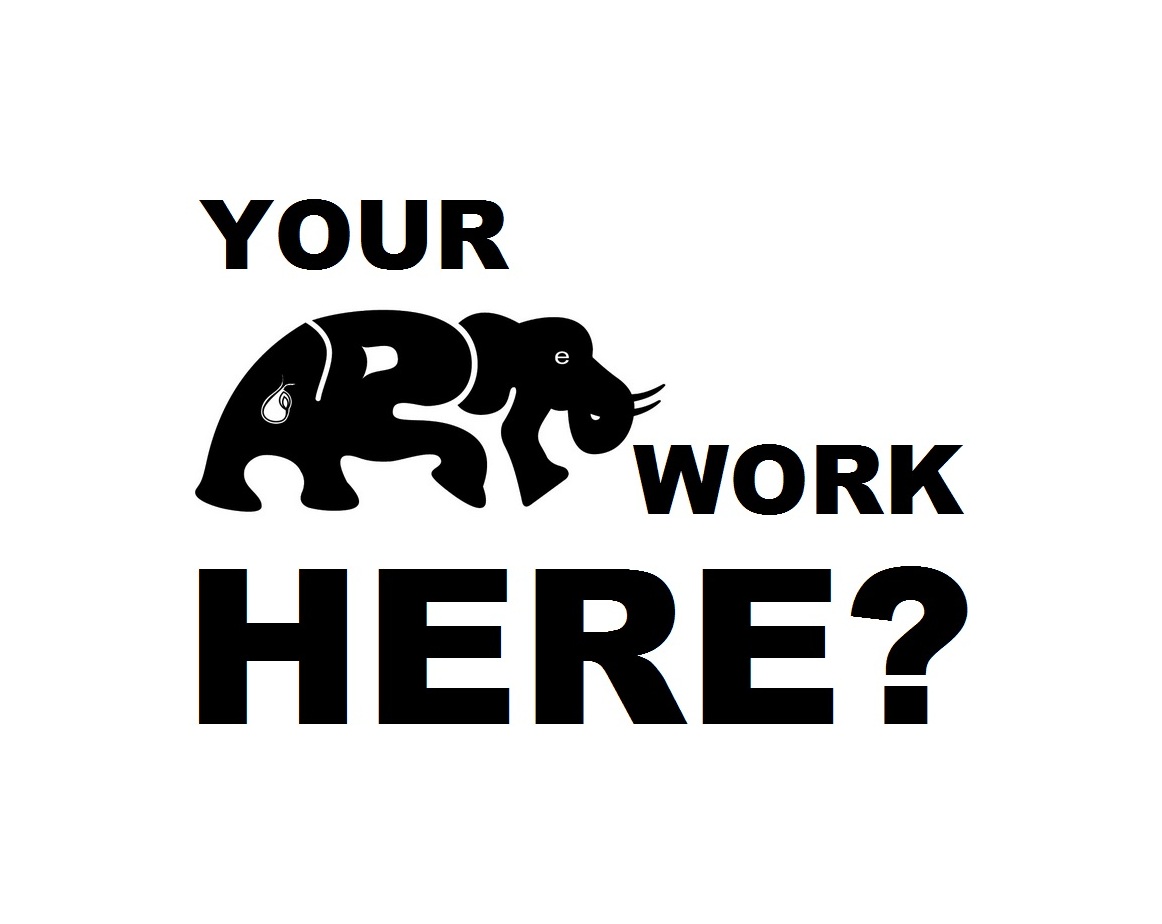Bernece Berkman-Hunter was a pioneer painter, graphic artist, designer, and teacher who was born in 1911 in Chicago, Illinois. She was the child of Jewish immigrant parents, and throughout her artistic career her works were “bound up with strong commitment to political activism.” She studied art at the Art Institute of Chicago and privately with two of Chicago’s important early modernists, Todros Geller and Rudolph Weisenborn. Geller viewed art as a tool for social reform. Weisenborn was an avant-garde painter “aligned against the academic establishment, both of these artists introduced Hunter to Cubism, Expressionism and the power of art as a visual “tool for social reform.”
She was a member of the radical American Artists Conference and joined a printmaking group that circulated left-wing pamphlets advocating that artists and writers crusade for social reform. One of her themes was the 1937 steel strike in South Chicago where police and workers clashed and many people were injured and several killed. Her oil painting about the strike titled "Current News" was a modernist influenced precursor to her more mature abstractionists works. In addition to her painting and graphics career, she was a teacher of serigraphy at Hull House in Chicago.
Hunter, a WPA artist, painted earlier work that belied “a true Regionalist” style which garnered her the distinction of being “a master at capturing the urban milieu around her” she eventually abandoned this more traditional form of painting to take up the mantle of what some have called “Geometricized Fauvism.”
Eventually, an even greater artistic influence on her work would come from under the direction of one of “America's leading abstractionists”, Stuart Davis. During the late 40s Hunter studied with Davis at The New School for Social Research in New York City, an emerging arts center that became renowned as a “home to the "modernist" impulse in painting, dance, politics, social policy and the “arts in general.” It was here that she further developed what would ultimately become her signature style, geometric colorist abstraction, a highly personalized synthesis of cubism, fauvism, and expressionism. This style was comprised of “angular shapes, compressed space, vibrant color and distorted forms” all of which culminate in a highly individualistic modernist style.
It is important to note that Hunter, who in terms of her age and length of career can be considered an important first generation female abstractionist never abandoned the strong commitment to “political activism” found in her early works. To the contrary, much like Davis’, who continually “strived to portray the tempo of American life” in his work, Hunter continued to infuse social commentary in her pieces as well. In as much as “Davis moved from journalistic illustration to Social Realist, to Expressionism, to Cubism, ultimately becoming one of America's leading abstractionists” Hunter followed a similar path from Regionalist, to Expressionism, to Cubism. This early participation in modernism puts her in the very rare position (along with other first generation luminaries such as Lee Krasner and Hedda Sterne) of being among a handful of female forerunner’s of the mid-century Abstract Expressionist American art movement.
To this end, it was perhaps just as important as Davis’ influence on her that she had the good fortune of being “in the right place at the right time.” How so? Hunter, by leaving Chicago for New York on a personal quest to be a pivotal part of the modern art movement, found herself swept-up in the cradle of Modern American Art, the mid-Twentieth Century "New York School of Art", the avant-garde art emerging in New York after World War II. It was during this period that for the first time American artists became truly internationally important with their new vision and new artistic vocabulary, known as Abstract Expressionism.
Hunter’s paintings are included in important public and private collections throughout the country and she was a member of many prominent art associations. She also had the distinction of her art be included in the American art exhibition at the 1939 New York World's Fair, an honor bestowed on a select group of artists.
Hunter’s own unique vision, together with the influences of Davis, the New York School and others culminated in one of the most personalized styles of painting to emerge out of mid-century modernism thus solidifying her important place in art history for future generations. She passed away in 1979.
Written by: Blake Benton

